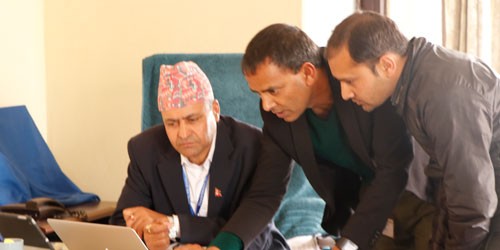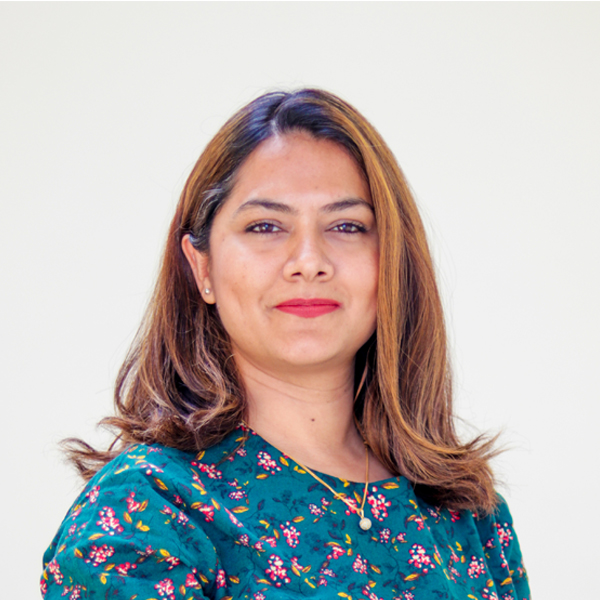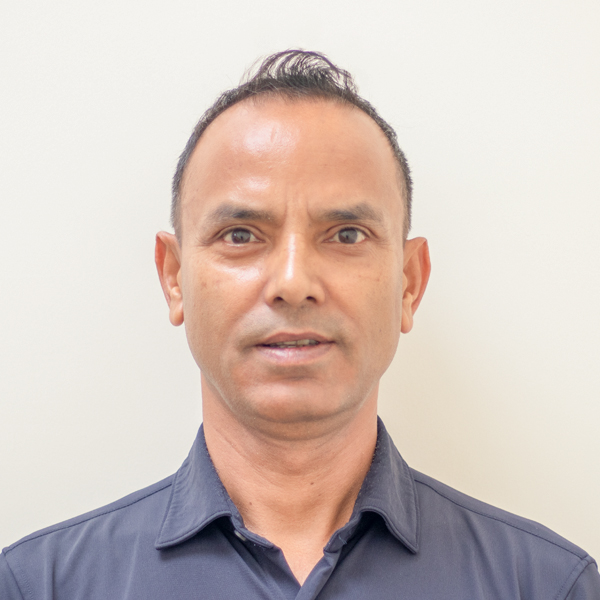BACKGROUND
The Constitution of Nepal states that every citizen shall have the right to seek basic health services (BHS). Urban Health Policy (UHP) 2015 aims to increase access to and utilisation of quality health services with a focus on urban marginalised people. Despite these, delivering quality health services particularly in urban areas through the government health service delivery networks is an issue. Various challenges hinder the implementation process, especially human resource issues which directly affect the quality of health services. Hence, there is a need to develop a locally appropriate capacity enhancement model for health workers in urban health centres through supportive supervision, coaching and mentoring and mechanisms.
RESEARCH QUESTIONS
- Is it feasible to implement the capacity enhancement model – supportive supervision, coaching and mentoring- for health workers in urban health centres (UHC) in selected municipalities Nepal?
- If so, does the provision of the capacity enhancement model to the health workers of UHC improve the quality of care of the services provided?
METHODS
This was a programme embedded implementation research, using a mixed method approach to develop and assess a supervision, coaching and mentoring model for the UHC. The study was conducted in Pokhara Metropolitan city where two urban health centres (UHC) and one health post were chosen as intervention sites. Selection of these health facilities was done in consultation with officials from the Pokhara metropolitan health division officials on the basis of their location, patient flow, availability of human resources and coverage of these health facilities.
The intervention included contracting a group of visiting team of experts for on-site mentoring and provide on the job training to the health workers in the selected health facilities at monthly intervals. Capacity enhancement was done in the areas of clinical diagnosis and treatment, enhancement of soft skills to promote patient centred care and strengthening the recording and reporting.
Quality improvement(QI) checklist tools were used at the baseline of the study to identify the gaps in the clinical skills of the health workers. The intervention was tailored according to the gaps identified. The outcome of the intervention was measured by the changes noted in the QI tool at the end of the study.
RiNGs:
Background
In Nepal, each health facility has a Health Facility Operation Management Committee (HFOMCs) who oversee the overall functioning of the health facility to ensure delivery of good quality basic health services to its catchment population. The HFOMC, chaired by the local elected representative (ward chair) comprise of a group of 8-9 people who represent the community, including the health facility in-charge. The HFOMC are also accountable to providing health services to the marginalized groups of people living in their community ensuring that no one is left behind with regards to utilisation of health services provided by the local health facility.
This study was undertaken with the aim to support Health Facility Operation Management Committee (HFOMCs) and UHCs to design and test a process to identify the marginalized groups within their catchment area and identify their barriers to accessing health services.
RESEARCH QUESTION
Will engagement of Health Facility Operational Management Committee (HFOMC) and UHC staffs help in identification of marginalized groups and facilitate to address the identified barriers to access health services?
METHOD
Two UHCs along with their respective HFOMCs were chosen in two wards in Pokhara Metropolitan city. A simple tool was developed for use with HFOMC and UHC staff, informed by literature review and incorporating participatory approaches to assist in the identification of marginalised groups in the community. A workshop was conducted with the HFOMC members where social mapping process was used to identify the marginalized groups of people living in their community. During this process, the HFOMC and UHC members discussed the potential barriers for service access and came up with an agreed Plan of Action for the UHC to address these issues.
A validation process was conducted wherein our team members along with local FCHVs and social mobilisers validated the existence of the identified groups of marginalized people during social mapping. Few key informant interviews were conducted at the community with various groups of people to understand their health seeking behaviour and to understand their barriers to seeking health services from the local health facility.
Project focal person
Focal person for this project is Dr. Chandani Kharel
Associated Team Members
Shophika Regmi
Senior Manager: Health System Research, Evaluation and LearningShophika Regmi
Senior Manager: Health System Research, Evaluation and LearningAppointed as the lead for Systems, Policy and Programme Department Ms. Shophika Regmi has been working in health and social research for more than a decade. Throughout this period, she has led research projects of various natures and scales, particularly in the health sector. She possesses extensive experiences in implementation research using participatory action approaches, designing and executing evaluation studies, national level surveillance study, and large-scale survey across diverse areas such as health system strengthening, urban health, health workforce, non-communicable [...]
Learn moreAbriti Arjyal
Research Manager - Qualitative and Multidisciplinary ScienceAbriti Arjyal
Research Manager - Qualitative and Multidisciplinary ScienceAppointed as the lead of Research, Innovation and Development Department Key Expertise Ms. Abriti Arjyal works as Research Manager – Multidisciplinary Qualitative Research – at HERD International and has experience in the area of public health, health system and service delivery research, social science and gender, and equity. She is an emerging young researcher with more than seven years of experience leading formative and operational field studies, evaluation studies, and literature reviews, with expertise in design and implementation of qualitative research, and [...]
Learn moreSushil Chandra Baral
Managing DirectorDr. Sushil Chandra Baral is an experienced health and development expert with over 25 years of experience in research and development. Specializing in health systems, health policy, and planning at both national and international levels, Dr. Baral has played a pivotal role in communicable disease control, specifically Tuberculosis. He serves as a Managing Director at HERD International. In the past, he worked as a Strategic Advisor for the Nepal Health Sector Support Programme demonstrating expertise in program-based operational research and [...]
Learn moreProject Location
Similar Projects
Antimicrobial resistance (AMR) is a major threat to global health, food sustainability and security, and socio-economic development. ...



